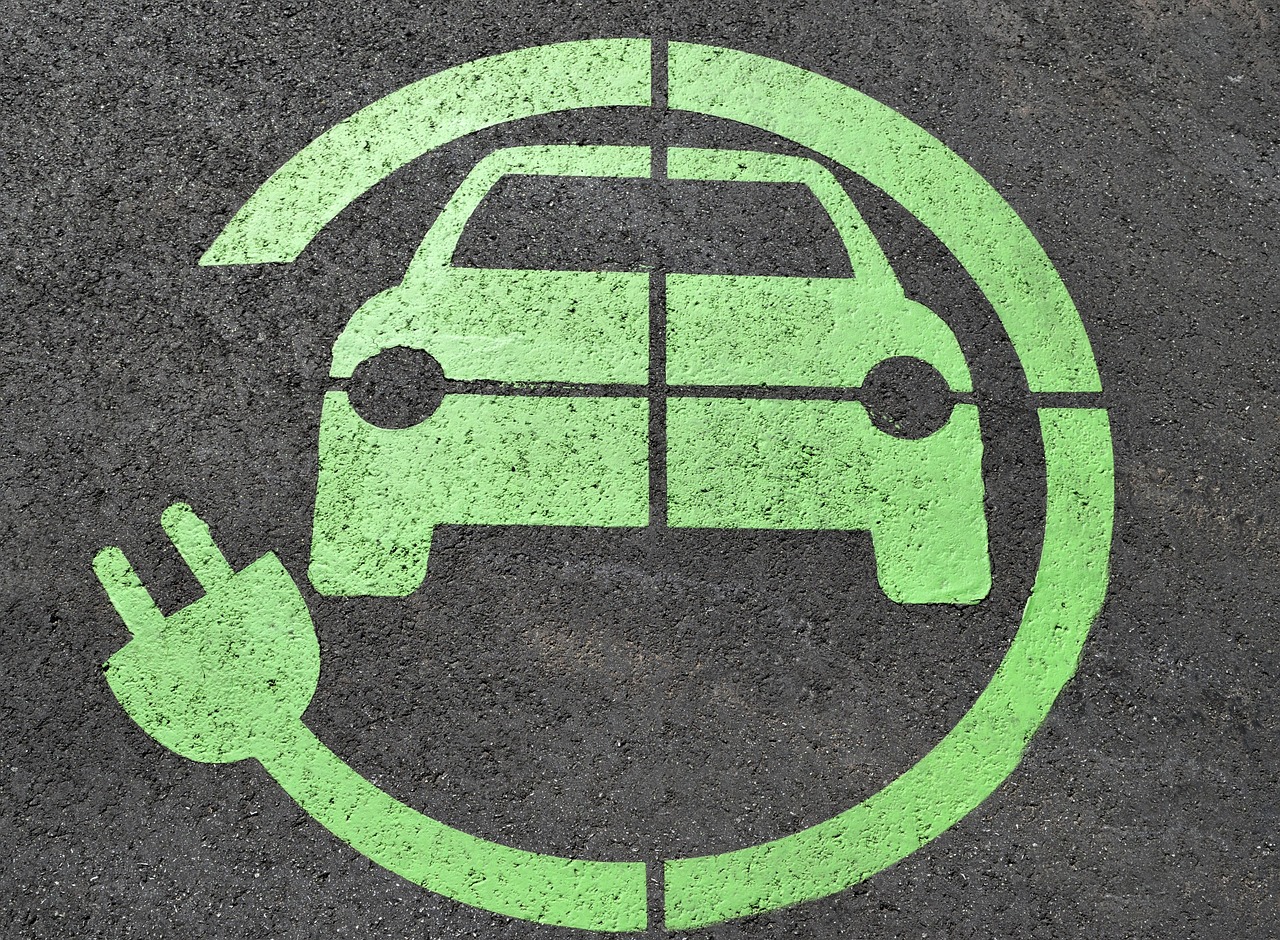Introduction
The global chemical industry stands at a pivotal juncture. While it has driven unprecedented progress in medicine, agriculture, materials science, and consumer goods, it has also contributed significantly to environmental degradation. The traditional linear model—extracting raw materials, manufacturing products, and disposing of waste—has led to unsustainable levels of pollution, greenhouse gas emissions, and depletion of natural resources. In response, the concept of a Circular Chemical Economy is emerging as a transformative strategy that aims to eliminate waste, maximize resource efficiency, and design chemical processes with sustainability at their core.
The circular economy challenges the very fundamentals of how materials are used and discarded. It replaces the outdated “take-make-dispose” model with one where waste becomes a resource, materials are reused or recycled indefinitely, and production processes are aligned with ecological boundaries. For the chemical industry, this means rethinking feedstocks, manufacturing methods, product design, and end-of-life strategies.
This article delves deep into the foundations, technologies, challenges, and future of the circular chemical economy. It showcases how a zero-waste future is not only possible but imperative for industrial and environmental resilience.
Principles of the Circular Chemical Economy
A circular chemical economy operates on a framework of interdependent principles that guide sustainable material and process design:
1. Waste as a Resource
In a circular system, waste is viewed not as a liability but as an asset. Whether it’s CO₂ emissions, spent solvents, or used plastics, each waste stream has potential as a secondary raw material. Advanced sorting, purification, and valorization technologies are needed to tap into this potential effectively.
2. Design for Disassembly and Recyclability
Products must be engineered with their entire lifecycle in mind. This includes selecting materials that are recyclable or biodegradable, using modular design to facilitate disassembly, and avoiding composites or additives that hinder recovery. For example, designing a plastic bottle with a single polymer type and a recyclable cap ensures higher-quality recycling.
3. Renewable Feedstocks
Replacing fossil-based inputs with renewable alternatives such as bio-based materials, CO₂-derived chemicals, or waste biomass is central to decarbonizing the industry. This not only reduces carbon footprints but also builds supply chain resilience.
4. Closed-Loop Systems
Industrial symbiosis allows waste or by-products from one company to serve as raw materials for another. This creates networks of circularity within industrial parks, improving resource efficiency and reducing environmental impact.
5. Lifecycle Thinking
Environmental impact should be considered at every stage—from raw material sourcing and production to distribution, use, and end-of-life. Lifecycle assessment (LCA) tools help identify hotspots of inefficiency or pollution and guide better decision-making.
Enabling Technologies
The transition to a circular chemical economy relies on a robust set of technologies that support closed-loop innovation:
Chemical Recycling
Unlike mechanical recycling, which often downgrades materials, chemical recycling breaks polymers into their constituent monomers or other chemicals. Techniques like pyrolysis, gasification, and enzymatic depolymerization can handle mixed or contaminated plastics, creating virgin-quality material. Companies like Loop Industries and Carbios are pioneering scalable chemical recycling systems.
Green Chemistry
Green chemistry promotes the design of chemical products and processes that reduce or eliminate hazardous substances. It includes principles such as energy efficiency, atom economy, and the use of safer solvents and reagents. Green chemistry ensures that circular solutions do not introduce new risks or unintended consequences.
Process Intensification
This involves redesigning chemical processes to make them more compact, energy-efficient, and productive. Techniques like microreactors, membrane reactors, and reactive distillation reduce waste, minimize equipment size, and improve product yield.
Digitalization and Artificial Intelligence (AI)
Digital twins, real-time analytics, and AI can optimize production processes, predict maintenance needs, and track materials across supply chains. Data-driven insights enable precise control of resource flows and adaptive management of waste and energy consumption.
Bio-based and CO₂-utilization Technologies
Biorefineries convert agricultural waste or algae into fuels, chemicals, and polymers. Similarly, CO₂ captured from industrial emissions can be converted into building blocks for plastics, fuels, or fertilizers. These innovations transform problematic emissions into valuable products.
Case Studies and Industrial Applications
Leading companies and collaborations are already proving the viability of circular approaches in the chemical industry:
Carbios has developed proprietary enzymes that depolymerize PET into its original monomers, enabling infinite recyclability of plastic packaging and textiles.
LanzaTech uses microbial gas fermentation to convert industrial CO and CO₂ emissions into ethanol and other value-added chemicals.
Covestro utilizes captured CO₂ as a raw material for producing polyurethane foams used in mattresses and insulation.
BASF is exploring mass balance approaches where recycled or renewable feedstocks are mixed with conventional raw materials and allocated to end products using certified methods.
In Denmark, the Kalundborg Symbiosis industrial park exemplifies large-scale circularity. Here, excess heat, steam, water, and by-products from one plant are used as inputs by neighboring facilities, minimizing waste and maximizing mutual benefit.
Policy and Economic Incentives
Governments and international organizations are enacting policies that drive circularity:
Extended Producer Responsibility (EPR): Requires manufacturers to manage the end-of-life of their products, incentivizing durable and recyclable design.
EU Circular Economy Action Plan: A comprehensive strategy to boost sustainable production and consumption, featuring product design standards and recycling targets.
Carbon Pricing: Internalizes environmental costs by placing a monetary value on greenhouse gas emissions, encouraging investment in circular solutions.
Green Public Procurement: Governments prioritize circular and low-impact products in public purchasing, creating market demand for sustainable goods.
Investment trends also reflect growing support for circular models. ESG-focused funds are favoring companies that demonstrate climate resilience and waste reduction, making circularity a competitive advantage.
Barriers and Challenges
Despite its promise, the circular chemical economy faces notable challenges:
Technological Limitations: Chemical recycling technologies are still being scaled and refined for economic viability. Not all polymers or composite materials are currently recyclable.
Infrastructure Gaps: Efficient waste collection, sorting, and processing systems are lacking in many regions. Standardized material labeling and tracking are needed to facilitate circular flows.
Economic Barriers: Virgin materials often remain cheaper than recycled alternatives due to subsidies and market dynamics. Policy interventions may be necessary to level the playing field.
Cultural Resistance: Moving away from single-use products and embracing reuse and recycling requires a cultural and behavioral shift among manufacturers, consumers, and regulators.
Role of Professionals: Chemical Engineers and Data Scientists
Implementing circularity at scale will require a multi-disciplinary effort:
Chemical Engineers
Chemical engineers are central to designing closed-loop systems. Their skills in thermodynamics, kinetics, reactor design, and process integration are critical for:
Creating low-waste and energy-efficient processes.
Developing alternative pathways for feedstock conversion.
Scaling up green chemistry solutions.
Data Scientists
Data scientists bring predictive modeling, machine learning, and optimization algorithms to the table. Their contributions include:
Monitoring and optimizing resource flows across the supply chain.
Predictive analytics for maintenance and energy use.
Enabling traceability and transparency through blockchain or IoT platforms.
Together, these professionals can accelerate the shift from intention to implementation.
The Path Forward
To advance the circular chemical economy, coordinated efforts are required from multiple stakeholders:
Academia must train future scientists and engineers in sustainability-focused curricula.
Industry must adopt and scale circular technologies and retool manufacturing systems.
Policymakers must create supportive regulatory environments and economic incentives.
Consumers must be educated and empowered to make sustainable choices.
Innovation ecosystems that bring these actors together—such as circular economy clusters or public-private partnerships—can serve as accelerators for change.
Conclusion
The circular chemical economy is more than a sustainability slogan—it is a strategic blueprint for future-proofing industry and protecting the planet. It calls for redesigning processes, rethinking materials, and reimagining value chains. While challenges remain, the technological, economic, and policy tools to overcome them are rapidly advancing.
By viewing waste as a resource, replacing fossil inputs, and designing for recovery and reuse, the chemical industry can transition from being part of the problem to being central to the solution. The move toward zero waste isn’t just desirable—it’s increasingly non-negotiable.
With bold vision, cross-disciplinary collaboration, and persistent innovation, a circular, zero-waste chemical economy is not only possible—it’s within reach.
















